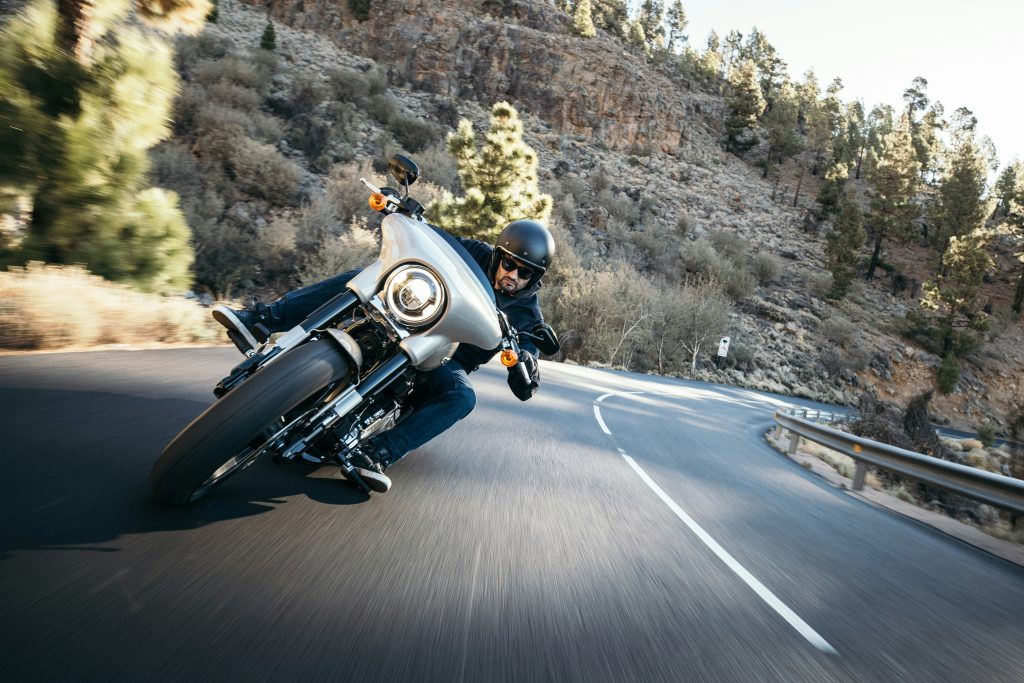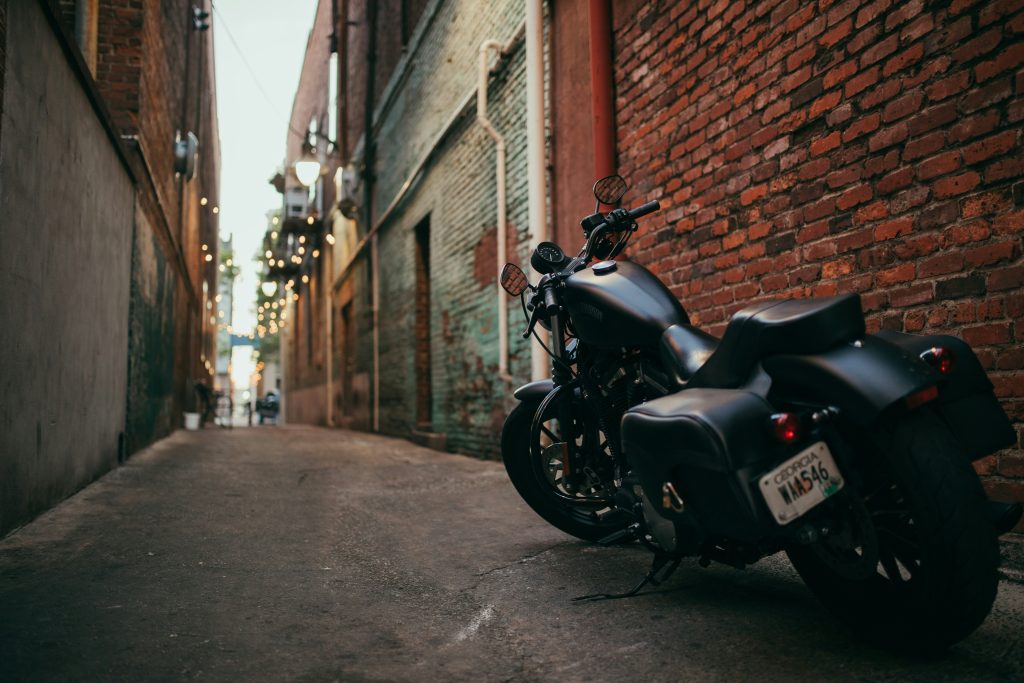Maintaining your motorcycle battery is crucial for optimal performance. Yet, many riders overlook this aspect of motorcycle care.
Regular maintenance can extend your battery’s life. It can also ensure your motorcycle’s reliable performance.
Understanding the different types of motorcycle batteries is the first step. Each type has its own maintenance needs.

Recognizing signs of battery wear is also crucial. Early detection can prevent serious issues down the line.
In the following sections, we’ll delve into these topics in more detail.
Types of Motorcycle Batteries
There are three main types of motorcycle batteries. These are conventional, AGM (Absorbed Glass Mat), and lithium batteries.
Conventional batteries are the oldest type. They require regular maintenance, including topping up with distilled water.
AGM and lithium batteries are maintenance-free. They are sealed units, so they don’t require topping up.
Recognizing Signs of Battery Wear
Recognizing signs of battery wear can save you from unexpected breakdowns. Common signs include difficulty starting the motorcycle and dim headlights.
If your battery is more than three years old, it may need replacement. Regular inspection can help you identify signs of wear early.
Remember, a well-maintained battery is key to a well-performing motorcycle.

Cold Weather and Your Motorcycle Battery
Cold weather can be tough on motorcycle batteries. The cold can slow down the chemical reactions inside the battery.
This can lead to a decrease in battery power. In extreme cases, it can even cause the battery to freeze.
But don’t worry, there are ways to protect your battery from the cold. Proper maintenance and storage can make a big difference.
In the following sections, we’ll discuss the impact of cold weather on batteries. We’ll also provide tips for maintaining your battery in cold weather.
The Impact of Cold Weather on Batteries
Cold weather can reduce a battery’s capacity. This is because the chemical reactions inside the battery slow down in the cold.
In extreme cold, the electrolyte solution can freeze. This can cause permanent damage to the battery.
It’s important to take steps to protect your battery from the cold. This can help ensure its longevity and performance.
Tips for Maintaining Your Battery in Cold Weather
One way to protect your battery from the cold is to keep it fully charged. A fully charged battery is less likely to freeze than a discharged one.
You can also use a battery tender to maintain the charge. This is especially useful if you’re not riding your motorcycle regularly.
Finally, consider using an insulating cover for your battery. This can help keep it warm and protect it from the cold.
Regular Motorcycle Battery Maintenance
Regular maintenance is key to extending the life of your motorcycle battery. It can help prevent common issues and ensure optimal performance.
Here are some maintenance tasks you should perform regularly:
- Check and maintain electrolyte levels
- Clean and protect battery terminals
- Check battery voltage
- Keep the battery case clean
- Ensure proper battery fitment
Let’s delve into these tasks in more detail.
Checking and Maintaining Electrolyte Levels
The electrolyte level in your battery is crucial for its operation. It should be checked regularly, especially in hot weather or after long rides.
If the level is low, it can be topped up with distilled water. Never use tap water as it can contain minerals that can damage the battery.
Remember to wear safety gear when handling battery electrolytes. They are corrosive and can cause harm if not handled properly.
Cleaning and Protecting Battery Terminals
Battery terminals can corrode over time. This can lead to poor electrical connections and reduced battery performance.
To prevent this, clean the terminals regularly. You can use a wire brush and a solution of baking soda and water.
After cleaning, apply a thin layer of petroleum jelly. This can help protect the terminals from future corrosion.
Charging and Storage Solutions
Charging and storing your motorcycle battery properly can significantly extend its life. It’s important to understand the right techniques for both.
Here are some key points to remember:
- Use a smart charger
- Avoid overcharging
- Use a battery tender for long-term storage
- Store in a clean, dry environment
Let’s explore these points further.
Proper Charging Techniques
Charging your motorcycle battery correctly is crucial. Incorrect charging can lead to reduced battery life and performance.
Always use a smart charger. These chargers automatically adjust the charging rate based on the battery’s condition. This helps prevent overcharging and extends battery life.
Remember to charge your battery in a well-ventilated area. Batteries can produce gases during charging that can be harmful in enclosed spaces.
Long-Term Storage and Battery Tenders
If you’re not using your motorcycle for a long period, it’s important to store the battery properly. Improper storage can lead to a dead battery.
Use a battery tender or maintainer. These devices keep the battery at an optimal charge level during storage.
Finally, store your battery in a clean, dry environment. This can help prevent discharge and corrosion.
Motorcycle Battery Maintenance Schedule
A regular maintenance schedule is key to extending your motorcycle battery’s life. It helps you catch potential issues early and keep the battery in optimal condition.
Here are some tasks to include in your schedule:
- Check electrolyte levels monthly
- Clean terminals every three months
- Charge the battery fully every month
- Inspect for signs of wear or damage regularly
Remember, these are general guidelines. Always refer to your battery manufacturer’s instructions for specific maintenance tasks and intervals.
Creating a Maintenance Log
Keeping a maintenance log can be very helpful. It allows you to track the battery’s condition and the maintenance tasks you’ve performed.
In your log, record the date of each maintenance task. Also note any issues you’ve noticed and the steps you’ve taken to address them.
A well-kept maintenance log can help you identify recurring issues and understand your battery’s performance over time. It’s a simple tool, but it can make a big difference in your battery maintenance routine.
Troubleshooting Common Battery Issues
Motorcycle batteries can encounter a variety of issues. Knowing how to troubleshoot these problems can save you time and money.
Common issues include a battery that won’t hold a charge, or a motorcycle that won’t start. These problems can be caused by a variety of factors, such as a faulty charging system or a worn-out battery.
Diagnosing and Addressing Battery Problems
To diagnose battery problems, start by checking the battery’s voltage. A multimeter can be a useful tool for this task.
If the voltage is low, try charging the battery. If it still won’t hold a charge, the battery may be sulfated or damaged.
In some cases, you may be able to revive a dead battery. However, if the battery is severely damaged or worn out, replacement may be the only option.
When to Replace Your Motorcycle Battery
Knowing when to replace your motorcycle battery is crucial. A failing battery can lead to more serious issues, such as damage to the motorcycle’s electrical system.
Typically, a motorcycle battery should be replaced every 2-5 years. However, this can vary depending on the battery’s condition and how it’s been maintained.
If your battery is showing signs of wear, such as difficulty holding a charge or decreased performance, it may be time for a replacement. Always consult a professional if you’re unsure.
FAQs on Motorcycle Battery Maintenance
Motorcycle battery maintenance can be a complex topic. It’s natural to have questions.
In this section, we’ll address some of the most frequently asked questions about motorcycle battery maintenance.
We’ve gathered these questions based on common concerns and issues faced by motorcycle owners.
Our aim is to provide clear, concise answers that will help you take better care of your motorcycle battery.
Let’s dive into the questions.
Answering Your Top Questions
- How often should I charge my motorcycle battery? Regular charging is crucial for battery health. Ideally, charge your battery every month when not in use.
- What is the lifespan of a motorcycle battery? Typically, a well-maintained motorcycle battery can last between 2 to 5 years.
- How can I extend the life of my motorcycle battery? Regular maintenance, proper charging, and avoiding extreme temperatures can help extend battery life.
- Can a dead motorcycle battery be revived? In some cases, a dead battery can be revived. However, if the battery is severely damaged, replacement may be necessary.
- What should I do if my motorcycle battery keeps dying? If your battery keeps dying, it could be a sign of a deeper issue. Consult a professional for a thorough inspection.
- How do I maintain my motorcycle battery in cold weather? In cold weather, keep your battery fully charged and consider using a battery tender. Insulating covers can also be beneficial.
Remember, when in doubt, always consult a professional. Proper battery maintenance can enhance your motorcycle’s performance and extend the life of the battery.
Conclusion and Best Practices
In conclusion, motorcycle battery maintenance is a crucial aspect of owning and riding a motorcycle. It ensures optimal performance and extends the life of your battery.
Adopting best practices such as regular charging, maintaining electrolyte levels, and protecting the battery from extreme temperatures can make a significant difference.
Remember, every battery is unique. Always refer to the manufacturer’s instructions for specific maintenance guidelines. With proper care, your motorcycle battery can serve you reliably for many years.
